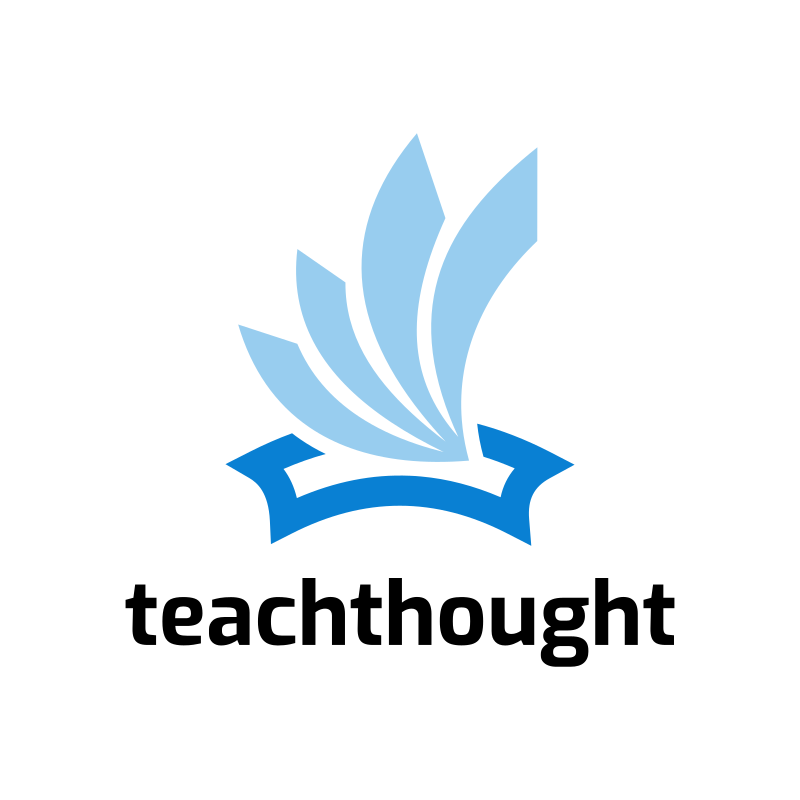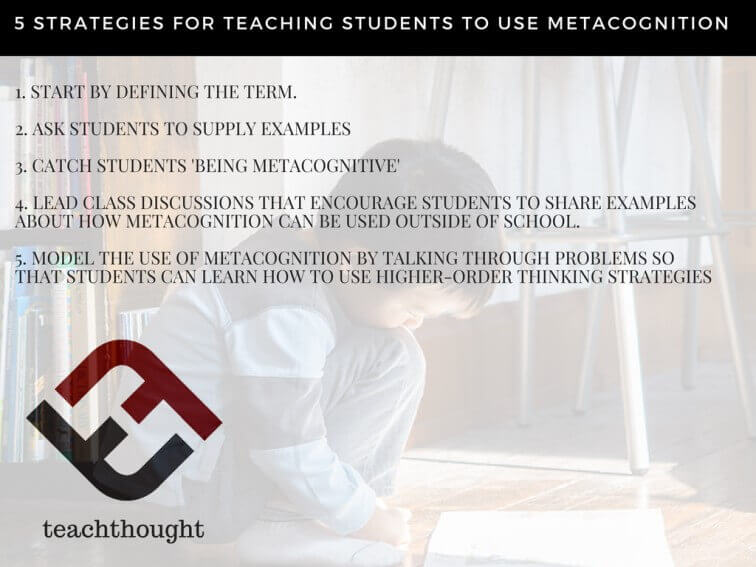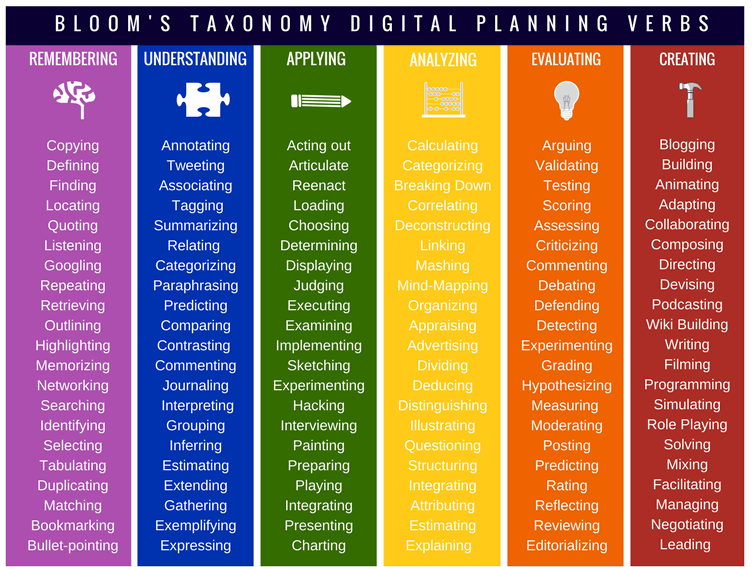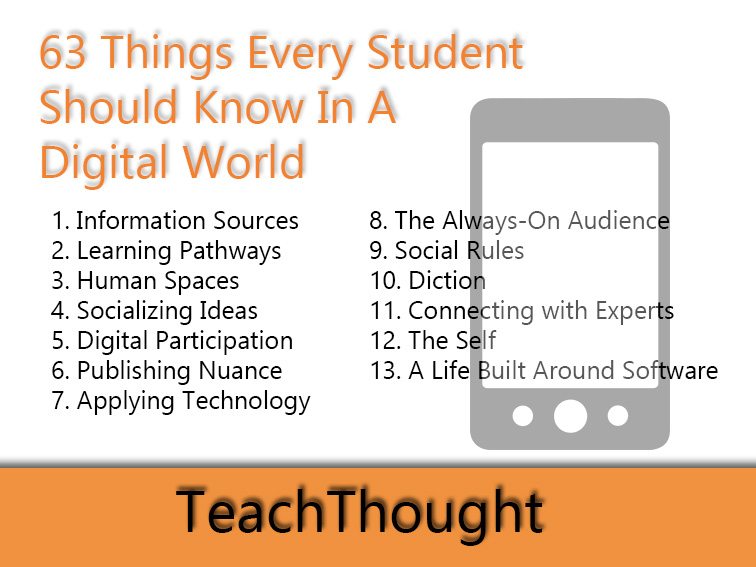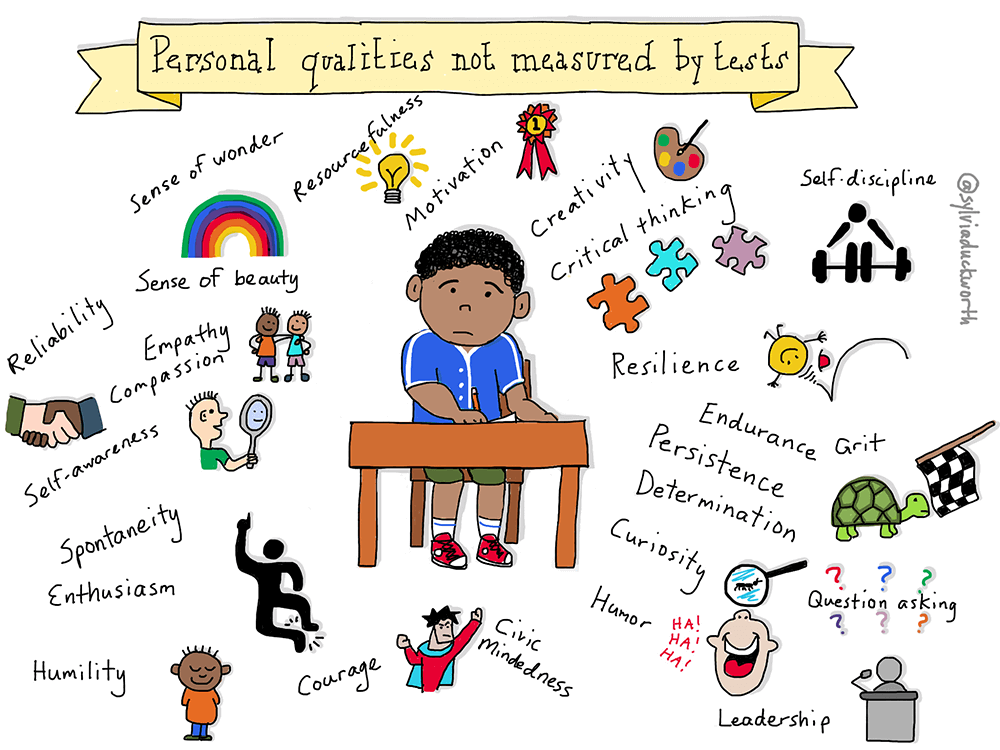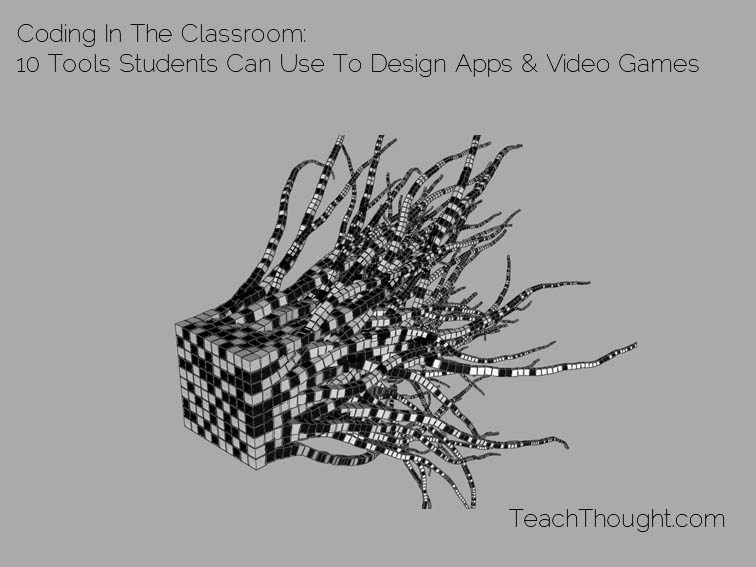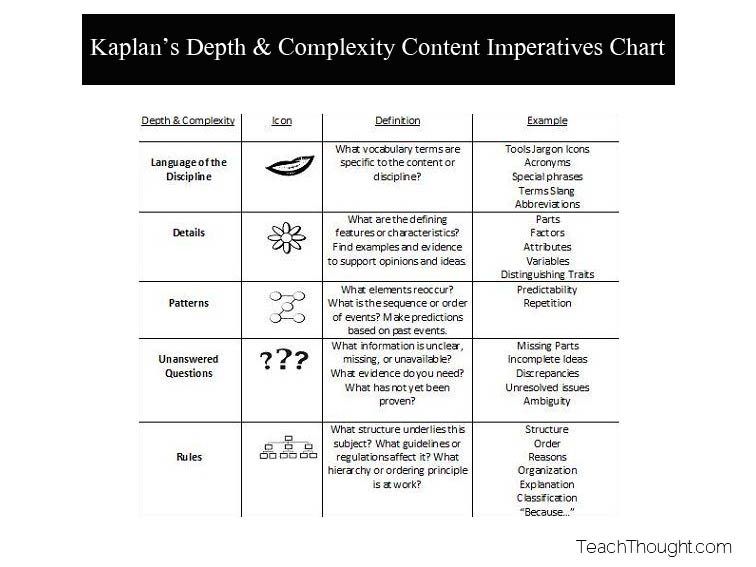Tag: Experienced Teacher
5 Strategies For Teaching Students To Use Metacognition
Teaching strategies for student metacognition include modeling it, defining it, and clarifying how it helps them beyond the classroom.
8 Strategies To Help Students Ask Great Questions
A good question can open minds, shift paradigms, and force the uncomfortable but transformational cognitive dissonance that can help create thinkers.
63 Things Every Student Should Know In A Digital…
In an increasingly digital world, the things a student needs to know are indeed changing–sometimes drastically.
25 Things Tests Can’t Measure In Students
Humility, curiosity, creativity, resilience, compassion, and 20 other things that tests can’t measure in students.
24 Of The Best Digital Tools To Build Vocabulary
The following digital tools to build vocabulary include reference tools, word clouds, games and review, word walls, and virtual field trips.
10 Of The Best Coding Apps For Students
What are the best coding apps for students? From HopScotch to Codea and more, here are coding tools to help you get…
A Checklist For Teachers Today: From Creativity to Assessment
This graphic gets at the idea of modern teaching through a simple checklist for teachers today. We’ve added a extensions for each…
What Is Kaplan’s Depth And Complexity Chart?
The Kaplan Depth & Complexity chart is a way to promote complex and in-depth analysis of academic and non-academic content.
